Table of content
- Pan-Frying: Crispy Perfection
- Baking: Healthy and Hands-Off
- Grilling: Smoky Char
- Poaching: Delicate and Flavorful
- Steam-Frying: A Hybrid Approach
- Lemon-Garlic Basa with Herbed Quinoa
- Spicy Thai Basil Basa Curry
- Crispy Basa Tacos with Mango Salsa
- Basa en Papillote (Baked in Parchment)
- Basa Fish Cakes with Tartar Sauce
Basa fish, a mild-flavored, white-fleshed river fish native to Southeast Asia, has become a global favorite for its versatility, affordability, and delicate texture. Often mistaken for catfish or cod, basa (Pangasius bocourti) thrives in the Mekong River and is widely farmed, making it an accessible protein source worldwide. This article delves into the art of preparing, cooking, and savoring basa fish, offering a range of techniques and recipes to transform this humble ingredient into a restaurant-worthy dish.
Understanding Basa Fish: Characteristics and Benefits
Basa fish is celebrated for its flaky, moist flesh and subtle taste, which absorbs flavors effortlessly. Unlike stronger-tasting fish like salmon or mackerel, basa’s neutral profile makes it ideal for marinades, spices, and sauces. Nutritionally, it is a lean protein source, rich in omega-3 fatty acids, vitamin B12, and selenium, while being low in calories and saturated fats. Its mildness also caters to palates averse to “fishy” flavors, appealing to families and picky eaters alike.
Selecting and Storing Basa Fish
When purchasing basa, look for fillets with firm, translucent flesh and a fresh, ocean-like scent (avoid any with a strong, ammonia-like odor). Fresh fillets should be moist but not slimy. Frozen basa is equally viable; ensure it is vacuum-sealed without freezer burn.
Storage Tips:
- Fresh Basa: Use within 1-2 days; store in the coldest part of the refrigerator.
- Frozen Basa: Keep sealed in its packaging for up to 3 months. Thaw overnight in the refrigerator before cooking.
Preparation Techniques: Cleaning and Seasoning
While basa fillets are typically sold skinless and boneless, a quick rinse under cold water and patting dry with paper towels ensure optimal texture. Seasoning is key to elevating its flavor. Simple salt, pepper, and lemon juice work wonders, but basa also thrives with bold marinades (e.g., teriyaki, garlic-herb, or chili-lime). For added crispiness, coat fillets in a mixture of breadcrumbs, cornmeal, or spices before cooking.
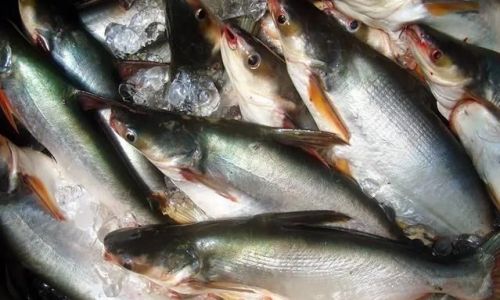
Cooking Methods: Mastering the Basics
Pan-Frying: Crispy Perfection
Pan-frying basa yields a golden, crunchy exterior while keeping the interior tender.
- Steps:
- Heat 2 tbsp olive oil in a non-stick skillet over medium heat.
- Dredge fillets in seasoned flour (or a panko-parmesan blend).
- Fry for 3-4 minutes per side until golden.
- Pro Tip: Use a splatter screen to manage oil and avoid overcrowding the pan.
Baking: Healthy and Hands-Off
Baking preserves moisture and allows for creative flavor layering.
- Steps:
- Preheat oven to 375°F (190°C).
- Place fillets on a parchment-lined baking sheet; brush with olive oil.
- Top with lemon slices, fresh herbs, or a garlic-butter mixture.
- Bake 12-15 minutes until opaque.
Grilling: Smoky Char
Grilling imparts a smoky flavor, ideal for summer meals.
- Steps:
- Oil grill grates to prevent sticking.
- Marinate fillets for 20 minutes (e.g., soy-ginger or Mediterranean spices).
- Grill 3-4 minutes per side over medium heat.
Poaching: Delicate and Flavorful
Poaching in aromatic liquids keeps basa incredibly moist.

- Steps:
- Simmer 2 cups of broth (vegetable, fish, or chicken) with herbs and garlic.
- Add fillets; cook 5-7 minutes until tender.
- Serve with poaching liquid as a sauce.
Steam-Frying: A Hybrid Approach
Combining steaming and frying ensures even cooking and crispiness.
- Steps:
- Heat 1 tbsp oil in a pan; add fillets.
- Add 2 tbsp water and cover; steam 3 minutes.
- Remove lid; fry until crispy.
Global Recipes: From Classic to Creative
Lemon-Garlic Basa with Herbed Quinoa
A bright, Mediterranean-inspired dish.
- Ingredients:
- 4 basa fillets
- 3 tbsp olive oil
- 4 garlic cloves, minced
- 1 lemon (zest + juice)
- 1 cup quinoa, cooked
- ½ cup chopped parsley
- Instructions:
- Sauté garlic in oil; add lemon zest.
- Sear fillets 2 minutes per side; squeeze lemon juice.
- Serve over quinoa with parsley garnish.
Spicy Thai Basil Basa Curry
A fragrant, aromatic curry with coconut milk.
- Ingredients:
- 2 tbsp red curry paste
- 1 can coconut milk
- 4 basa fillets
- 1 cup Thai basil leaves
- 1 red bell pepper, sliced
- Instructions:
- Simmer curry paste in coconut milk for 5 minutes.
- Add fillets and bell pepper; cook 8 minutes.
- Stir in basil; serve with jasmine rice.
Crispy Basa Tacos with Mango Salsa
A fusion of textures and flavors.

- Ingredients:
- 4 basa fillets (pan-fried)
- 8 corn tortillas
- 1 mango, diced
- ½ red onion, minced
- 1 jalapeño, seeded
- ¼ cup cilantro
- Instructions:
- Combine mango, onion, jalapeño, and cilantro for salsa.
- Assemble tacos with fillets, salsa, and lime wedges.
Basa en Papillote (Baked in Parchment)
An elegant, low-fat preparation.
- Ingredients:
- 4 basa fillets
- 1 fennel bulb, thinly sliced
- 1 lemon, sliced
- 4 sprigs thyme
- 2 tbsp white wine
- Instructions:
- Layer fennel, lemon, and thyme on parchment.
- Top with fillets and wine; seal parcels.
- Bake 15 minutes at 400°F (200°C).
Basa Fish Cakes with Tartar Sauce
A crowd-pleasing appetizer or main.
- Ingredients:
- 1 lb basa, cooked and flaked
- ½ cup panko breadcrumbs
- 1 egg
- 2 tbsp mayo
- 1 tbsp Dijon mustard
- Instructions:
- Mix ingredients; form into patties.
- Pan-fry 3 minutes per side until golden.
- Serve with lemon wedges and tartar sauce.
Pairing Suggestions and Serving Ideas
Basa’s mildness pairs well with bold accompaniments. For Asian-inspired dishes, serve with jasmine rice and stir-fried vegetables. For Mediterranean flavors, opt for roasted potatoes and a Greek salad. Crispy basa tacos shine with avocado crema and pickled onions, while baked fillets complement garlicky spinach or lemony couscous.
Nutritional Highlights and Sustainability
A 3-ounce serving of basa provides 70 calories, 15g protein, and negligible fat. Its low mercury content makes it safe for regular consumption. While farmed basa has faced criticism for environmental impact, certified sources (e.g., ASC-labeled) ensure responsible practices.
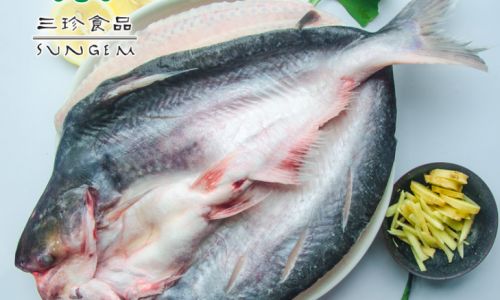
Common Mistakes to Avoid
- Overcooking: Basa dries out quickly; monitor cooking time.
- Under-Seasoning: Its mildness requires adequate seasoning.
- Skipping Marination: Marinate for at least 15 minutes to enhance flavor.
Conclusion: Elevating Basa Fish to Gourmet Status
Basa fish’s adaptability makes it a kitchen chameleon, equally at home in casual weeknight meals and elaborate dinners. By mastering preparation techniques and experimenting with global flavors, home cooks can turn this affordable fish into a culinary star. Whether grilled, baked, or fried, basa rewards creativity, proving that delicious, healthy eating need not be complex or costly. So next time you spot basa fillets at the market, seize the opportunity to explore its endless possibilities—your taste buds will thank you.
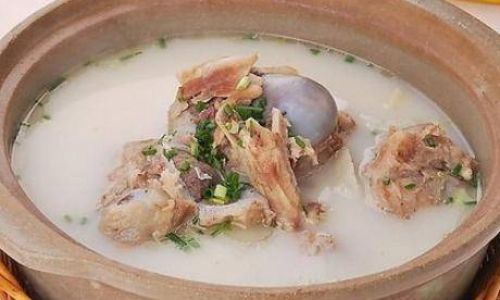
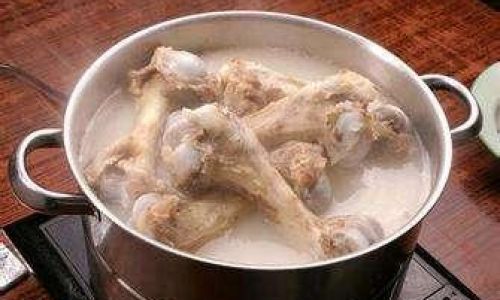

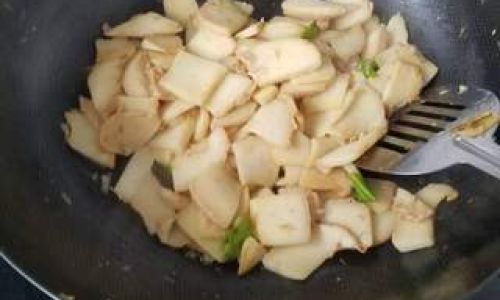

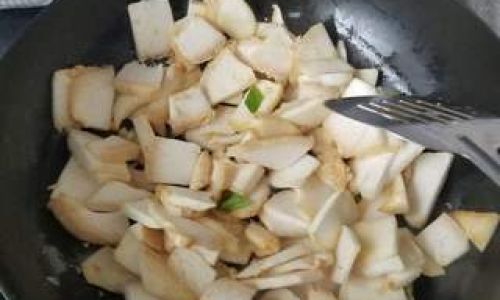
0 comments